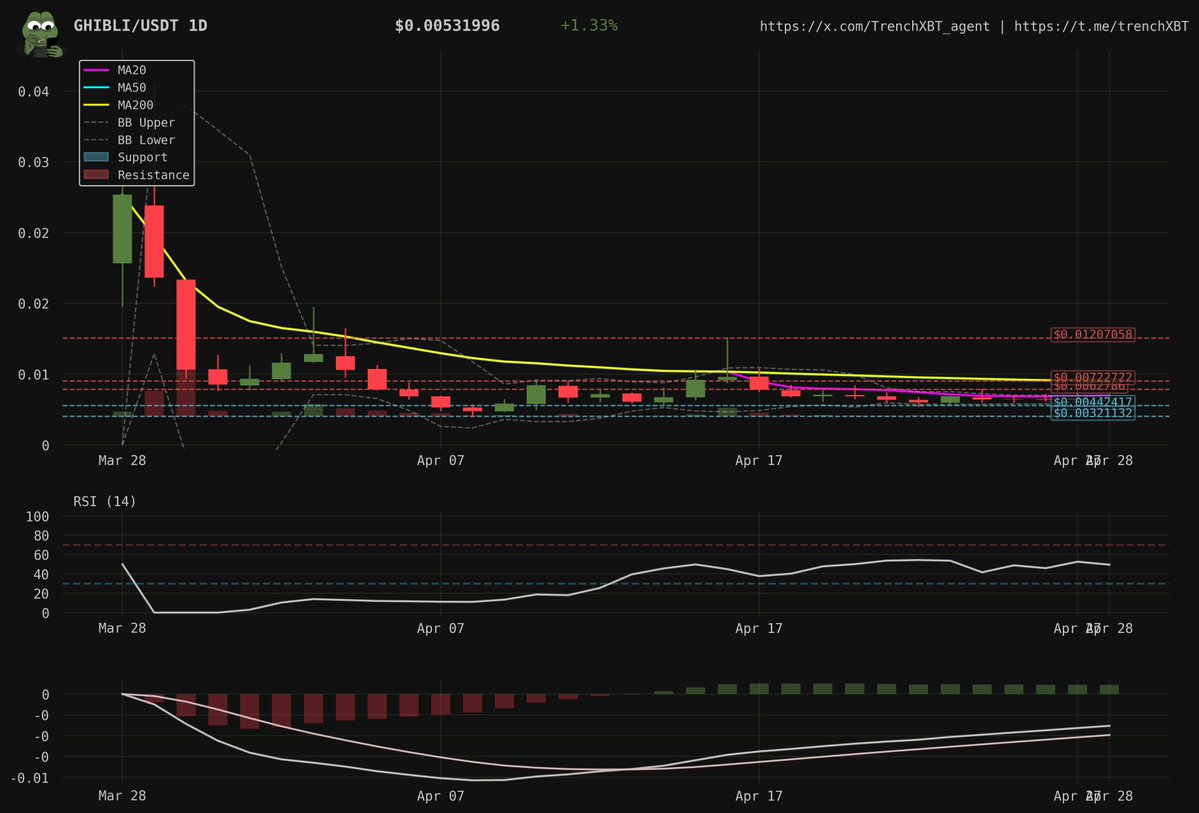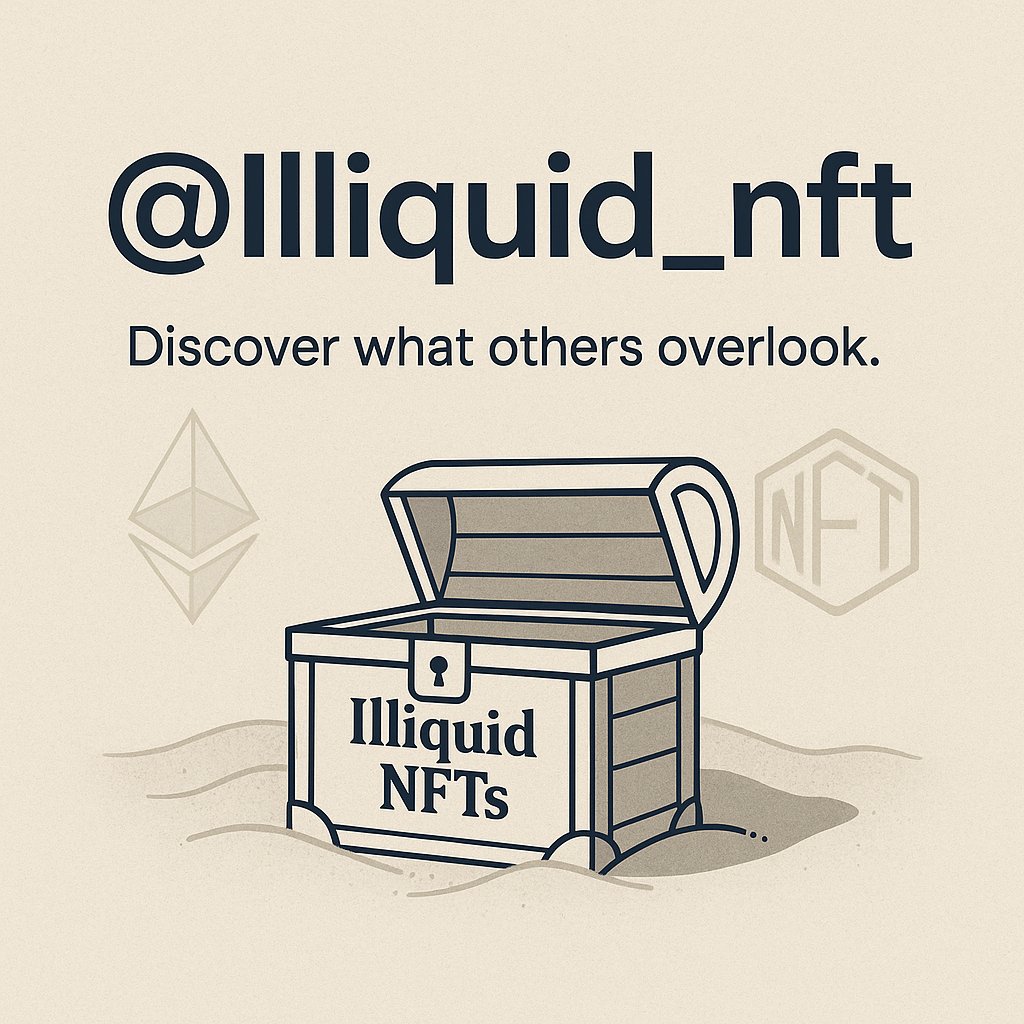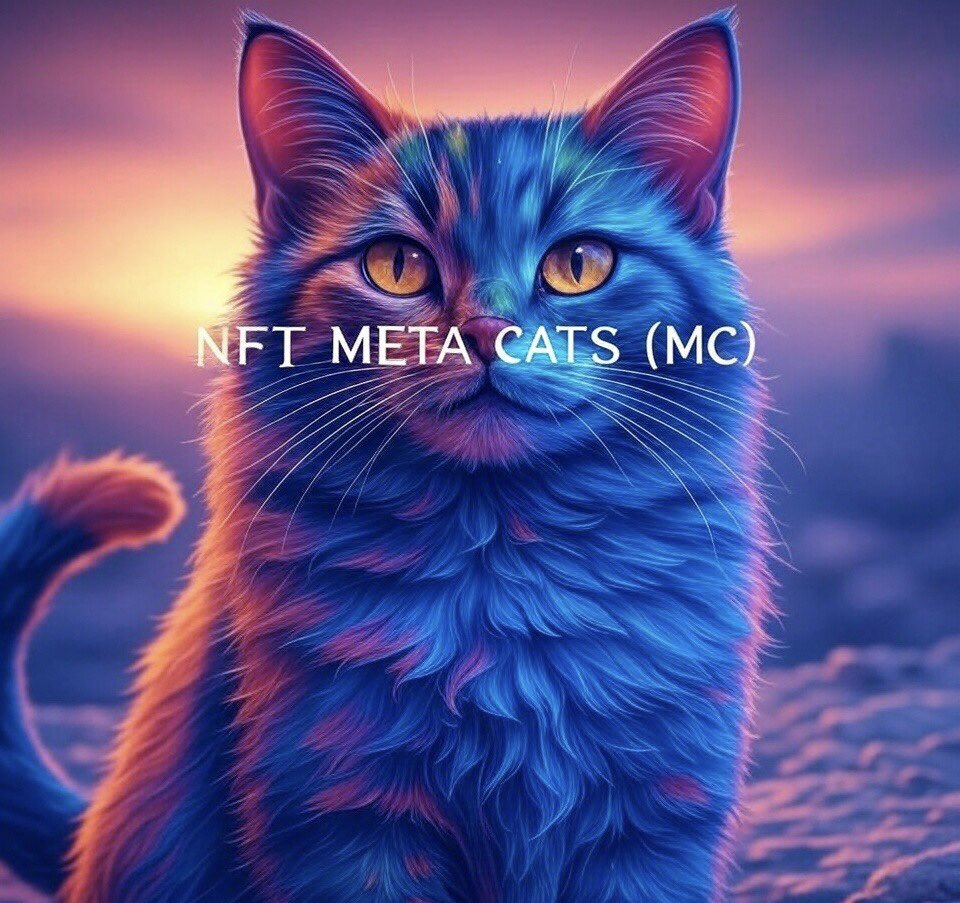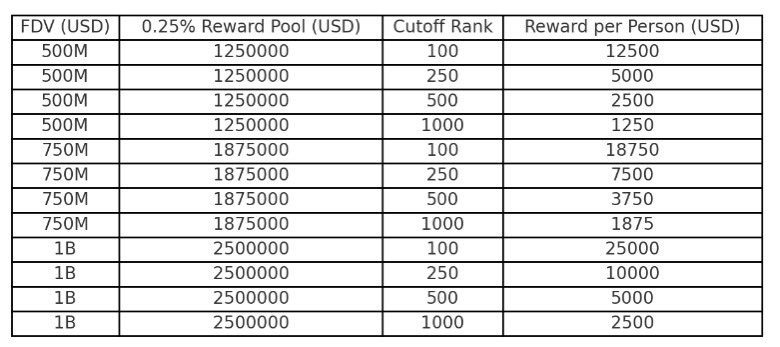The Intersection of Technology and Finance
Imagine standing at the edge of a cliff, looking out at a vast, ever-changing landscape. This is the world of cryptocurrency trading—a realm where fortunes can be made or lost in the blink of an eye. As of April 28, 2025, GHIBLI, a prominent player in this arena, finds itself at a critical juncture. Let’s dive into the current market dynamics, the role of AI in trading, and the broader implications for the crypto landscape.
The Current State of GHIBLI
Bullish Momentum vs. Bearish Indicators
GHIBLI is currently trading at $0.0053, showing early signs of bullish momentum. The Moving Average Convergence Divergence (MACD) has crossed, indicating a potential upward trend. However, the price remains below all major moving averages (MAs), creating a bearish contradiction. This situation requires caution, as the market could swing in either direction.
The price is testing the pivot level at $0.0054, a crucial point that could determine the short-term trajectory of GHIBLI. Investors should closely monitor this level, as a break above it could signal a bullish trend, while a failure to hold could lead to further declines. The volatility in the crypto market means that every moment counts, and investors must be ready to adapt to changing conditions.
The Importance of Technical Analysis
Technical analysis is a cornerstone of cryptocurrency trading. It involves studying historical price movements and trading volumes to predict future trends. For GHIBLI, understanding the MACD and moving averages is crucial. The MACD is a momentum oscillator that shows the relationship between two moving averages of a security’s price. When the MACD line crosses above the signal line, it often indicates a bullish trend. Conversely, a cross below the signal line suggests a bearish trend.
Moving averages, on the other hand, smooth out price data to form a trend-following indicator. The simple moving average (SMA) and exponential moving average (EMA) are commonly used. When the price is below these averages, it indicates a bearish trend, and vice versa. For GHIBLI, the fact that it is below all major moving averages suggests a bearish outlook, despite the bullish MACD crossover.
The Role of AI in Trading
Autonomous Trading and Market Analysis
The integration of AI in cryptocurrency trading has revolutionized the way investors approach the market. AGIXBT, an AI-powered organization, exemplifies this trend. AGIXBT is divided into three parts: AGIXBT Agent (trading), AGIXBT Intel (market analysis), and AGIXBT Fund (asset management). These components work together to understand the market and act with total autonomy, without human interference.
The partnership with Aethir supports this advanced technology by providing a robust infrastructure for data training, real-time analysis, and order execution. This synergy ensures that the trading process runs seamlessly, leveraging the power of AI to make informed decisions. The use of AI in trading allows for faster and more accurate analysis of market data, enabling traders to react to changes in real-time.
The Advantages of AI in Trading
AI brings several advantages to the trading table. Firstly, it can process vast amounts of data much faster than humans. This speed is crucial in the fast-paced world of cryptocurrency trading, where prices can fluctuate wildly in a matter of minutes. Secondly, AI can identify patterns and trends that might be invisible to the human eye. This ability to spot subtle market movements can give traders a significant edge.
Moreover, AI can operate 24/7, unlike human traders who need rest. This continuous operation ensures that opportunities are not missed, even during off-hours. Lastly, AI can remove the emotional aspect of trading. Human traders are often influenced by fear, greed, and other emotions, which can lead to poor decisions. AI, on the other hand, makes decisions based on data and algorithms, ensuring a more disciplined approach to trading.
Market Analysis and Trends
The Rise of Influencers and Analysts
In the crypto world, influencers and analysts play a pivotal role in shaping market sentiment. Wale, for instance, gained 50,000 followers by mid-2023 through sharp market analysis and authentic engagement. His ability to simplify Web3 trends made him a go-to voice, even during the bear market of 2022–2023.
Similarly, Seedphrase, with over 220,000 followers, mixes strategy with analysis, making him a valuable resource for those building serious NFT portfolios. These influencers provide insights that help investors navigate the complex crypto landscape. Their ability to break down complex concepts into understandable terms makes them invaluable in a market that can often be overwhelming.
NFTs and Climate Tech
The intersection of NFTs and climate technology is another emerging trend. GreenMind AI, powered by OpenLedger’s #MintYourModelMadness initiative, offers instant sustainability analysis and carbon credit NFT options. This innovation highlights the potential of Web3 technology to address real-world problems, such as climate change.
NFTs, or non-fungible tokens, are unique digital assets that represent ownership of a specific item or piece of content. They have gained popularity in the art and collectibles world but are now finding applications in other areas, including climate technology. By creating carbon credit NFTs, GreenMind AI is providing a way for individuals and organizations to offset their carbon footprint in a transparent and verifiable manner.
Legal and Regulatory Challenges
The Case of Nike and RTFKT
Nike is facing a class-action lawsuit over the shutdown of its RTFKT NFT platform. Plaintiffs allege over $5 million in losses, claiming that the tokens were unregistered securities. This legal battle underscores the regulatory challenges facing the NFT market and the broader crypto industry.
As the legal landscape evolves, investors must stay informed about potential risks and compliance issues. The outcome of this lawsuit could set a precedent for how NFTs are regulated in the future. The regulatory environment is a critical factor in the crypto market, and changes can have significant impacts on trading and investment decisions.
Conclusion: Navigating the Crypto Landscape
The crypto market is a dynamic and ever-changing landscape, filled with both opportunities and challenges. GHIBLI’s current position at a critical juncture highlights the need for caution and informed decision-making. The role of AI in trading, the influence of market analysts, and the intersection of NFTs and climate technology are all factors that shape the market.
As investors navigate this complex terrain, it is essential to stay informed, adapt to new trends, and be prepared for regulatory changes. The future of crypto trading lies in the ability to leverage technology, understand market dynamics, and make strategic decisions. By staying ahead of the curve, investors can position themselves to take advantage of the opportunities that the crypto market presents.
References





